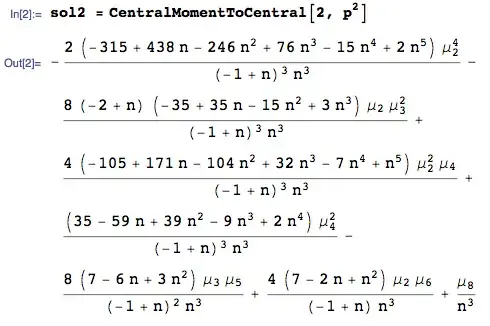Not exactly, because your conditions cannot be fulfilled.
Your first two bullet points imply that $\lambda_x<\lambda_y$. The initial condition implies that
$$ \lambda_x+\lambda_y = \lambda \stackrel{!}{=} 2.887. $$
The third bullet point implies that
$$ \begin{align*}
P(x=y) &= \sum_{k=0}^\infty P(x=k)P(y=k) \\
&= \sum_{k=0}^\infty\frac{\lambda_x^ke^{-\lambda_x}}{k!}\frac{\lambda_y^ke^{-\lambda_y}}{k!} \\
&= e^{-(\lambda_x+\lambda_y)}\sum_{k=0}^\infty\frac{(\lambda_x\lambda_y)^k}{k!k!} \\
&= e^{-\lambda} I_0\big(2\sqrt{\lambda_x\lambda_y}\big) \\
& \stackrel{!}{=} 0.28005,
\end{align*} $$
where we use some WolframAlpha, and $I_0$ is the modified Bessell function of the first kind.
So what we can do is take $0<\lambda_x<\frac{2.887}{2}$, plot the function
$$\lambda_x \mapsto e^{-\lambda}I_0\big(2\sqrt{\lambda_x(\lambda-\lambda_x)}\big) $$
against it and check whether it ever intercepts a horizontal line at $0.28005$. Unfortunately, it doesn't:

lambda_x <- seq(0,2.887/2,by=0.01)
plot(lambda_x,exp(-2.887)*besselI(2*sqrt(lambda_x*(2.887-lambda_x)),0),
type="l",ylim=c(0,0.28005),xlab="",ylab="",las=1)
abline(h=0.28005,col="red")
So there is no solution to your system of equations
$$ \begin{align*}
\lambda_x+\lambda_y = \lambda &= 2.887 \\
e^{-\lambda}I_0\big(2\sqrt{\lambda_x\lambda_y}\big) &= 0.28005 \\
\lambda_x &< \lambda_y.
\end{align*} $$
You could try to find an approximate solution, in which case you would need to judge how bad violations of your conditions are relative to each other. Note that "one Poisson distribution is larger than another one" is equivalent to the Skellam distribution being positive (note how the Skellam, for a difference of $k=0$, gives the formula we got from WolframAlpha above for equality of Poissons). Also note that there is no nice closed form of the Skellam. So you will likely need to do some numerical optimization, where the relative "badness" of violations of your conditions should enter the objective function as weights in some way.
